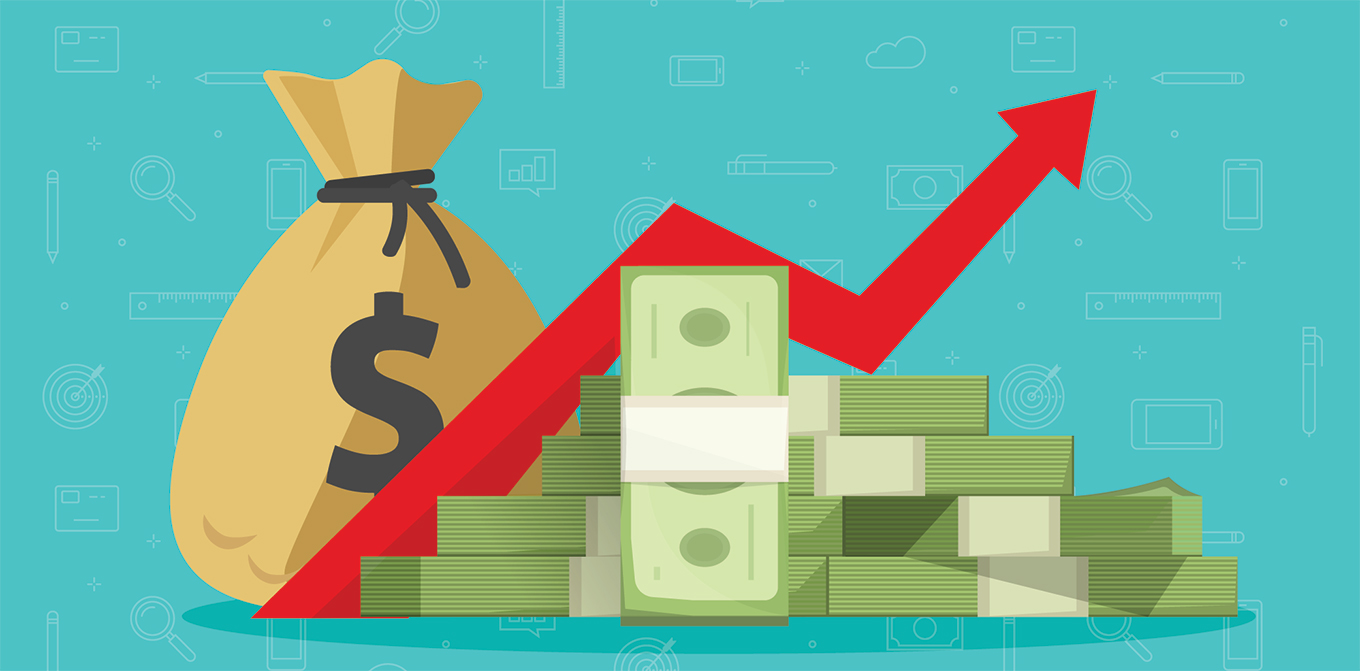3 steps to start investing
Once you have an emergency fund and have paid off all high-interest debt*, then you may be ready to start investing. Clearly, you're a pro at the saving game. You probably stick to a budget and have established good saving habits. Now you can take your additional savings further. Get your money to work for you by investing.
*Some debt is okay, particularly if you have a low-interest mortgage or a car payment. But it's wise to pay off any debt with high interest rates before you start investing. This type of debt often comes in the form of unpaid credit card balances and can cripple your financial plan. Not many investments will grow at the same rate as the interest many people pay on credit card debt. Plus, while investment growth isn't guaranteed, your interest payments are.
What is investing?
Investing is a strategy in which people use their current money to build future wealth. Rather than setting money aside in a savings account, they buy assets that they expect to rise in value over time. These could be stocks, bonds or funds. Keep in mind that when you purchase these types of assets, you won't have quick access to your invested funds. And while they often yield a higher return than a savings account, they also come with potential risk. Typically, though, you have a long-term goal in mind while investing—like funding retirement or paying for your children's education—which means you have time to weather the ups and downs.
3 Tips on how to start investing
Ready to start investing? If you've never considered your long-term financial plan or have questions about investment options, it may be wise to work with a financial advisor prior to making investment decisions. Use these tips to begin developing an investment mindset.
1. Understand your financial roadmap.
First, consider your goals. Once you know what you'd like your investments to cover, you'll have a better idea of when you'll need to liquidate them and access your money. This knowledge then informs your risk tolerance. Let's say you're in your 30s. You'd like to save for your child's college education, and you plan to retire in your late 60s. Your child is 10, so you only have eight years to save for college. This means you may be less comfortable with risk when it comes to college savings. But you won't need retirement funds for another three decades. This makes your risk tolerance for retirement investments higher. Of course, you also need to weigh your own comfort level and choose accordingly. There are also strategies to reduce overall risk, which brings us to the next step.
2. Choose your investment types.
Once you've outlined your financial goals and have identified your risk tolerance, you can use this understanding to guide the types of investments you choose. Some asset types offer higher potential returns but come with more risk. These include stocks and some mutual funds. Others are often safer but don't grow as quickly, like bonds and annuities. Selecting a mix of investment types builds a balanced investment portfolio. Typically, as you get closer to needing these funds, you can adjust your portfolio to include less and less “risky" investment types.
3. Open your investment account(s).
Depending on the types of investments you choose, you'll likely need to open new accounts to get them. Consider working with a financial advisor to help you through the process. You might already use a type of Individual Retirement Account (IRA) or a 401(k) for traditional retirement savings, but if you plan to buy and sell stocks, bonds and/or mutual funds yourself, then you will need to set up a brokerage account. This taxable account allows for unlimited contributions and withdrawals. From it, you can buy and sell investments. After you've chosen a brokerage account, you can typically apply to open one in about 15 minutes. You'll likely need to link your bank account to transfer the initial amount you'd like to invest. After that, keep an eye on your accounts and further grow your investments by adding money to your account. You can even set up automatic transfers from your checking account.
Investing may seem intimidating, especially if you’ve never done it before. But with knowledge and unbiased advice, it is a great next step to grow your money over time and achieve your future goals




